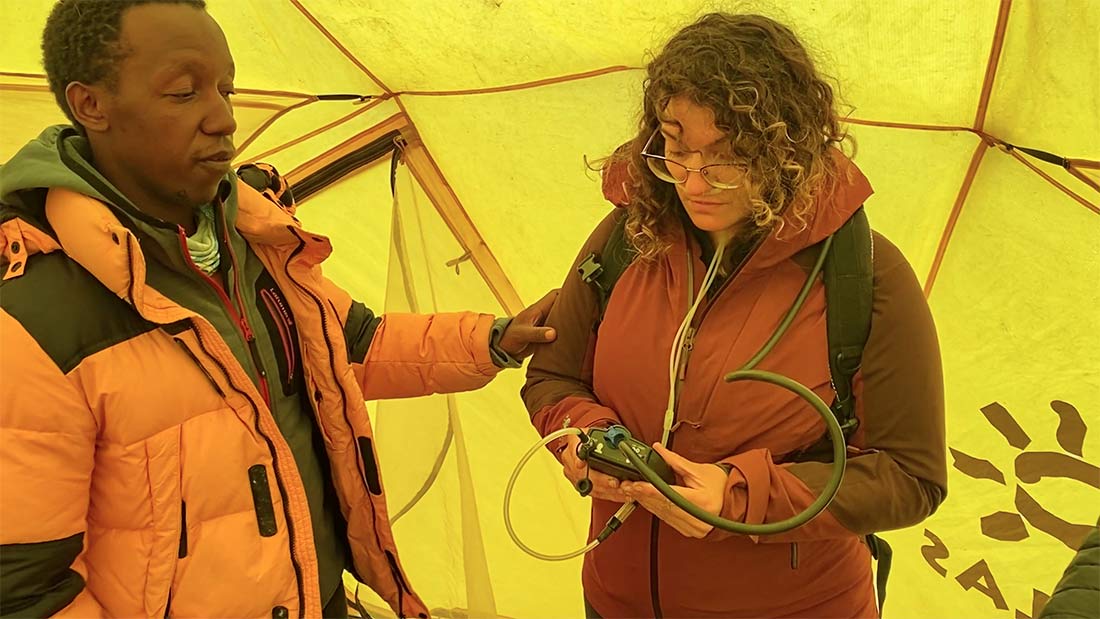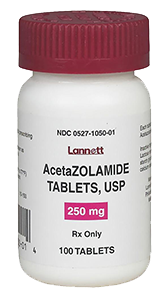Mount Kilimanjaro, standing tall as Africa’s highest peak, has captivated the hearts of adventurers and mountaineers for generations. Scaling its majestic slopes is an awe-inspiring experience. But it also presents numerous challenges, including the impact of high altitude on the human body. As climbers ascend to the upper reaches of the majestic mountain, the question arises: Do you need oxygen on Kilimanjaro?
In this article, we delve into the significance of supplemental oxygen and discuss two popular solutions used to combat altitude sickness: ALTOX and Diamox.
Altitude Sickness
Altitude sickness, also known as acute mountain sickness (AMS), occurs when individuals ascend to high elevations too quickly. This can lead to a reduced amount of oxygen available in the air. At altitudes above 8,200 feet (2,500 meters), the oxygen levels become noticeably lower, and the body needs time to acclimatize to these conditions. Kilimanjaro’s summit, Uhuru Peak, stands at an impressive 19,341 feet (5,895 meters ), making it a prime location for altitude-related challenges.
So, do you need supplemental oxygen on Kilimanjaro? The answer largely depends on your individual circumstances and how well your body adapts to high altitudes. While some climbers may require oxygen supplementation due to pre-existing medical conditions or poor acclimatization, the majority of hikers can successfully reach the summit without relying on supplemental oxygen.
Yet, it’s crucial to understand the potential risks to prepare for altitude-related issues.
ALTOX

One solution that has gained popularity in recent years is the use of ALTOX, a portable oxygen system designed specifically for high-altitude activities. ALTOX, short for “Altitude Oxygen System,” provides a readily available source of supplemental oxygen for climbers, allowing them to counter the effects of reduced oxygen levels. This can improve their chances of safely reaching the summit. The lightweight and compact nature of ALTOX makes it convenient to carry during the ascent.
ALTOX can be particularly beneficial for climbers who struggle with altitude-related symptoms, such as severe headaches, shortness of breath, nausea, and fatigue. By inhaling oxygen through a nasal cannula, climbers can alleviate these symptoms and increase their comfort and performance.
It’s important to note that ALTOX is not a substitute for proper acclimatization. Climbers should still allow their bodies time to adjust to the altitude. We only use ALTOX on summit night, using it any other time masks the symptoms of altitude sickness. This can be detrimental to your health.
Diamox

Another commonly used way to combat altitude sickness is Diamox, also known as acetazolamide. Diamox is a prescription medication that works by stimulating the body’s respiratory system and increasing the rate of breathing. This helps to improve the efficiency of oxygen uptake and enhances the process of acclimatization. Many climbers choose to take Diamox prior to their Kilimanjaro expedition to reduce the risk of altitude sickness.
It’s essential to consult with a medical professional before considering climbing Kilimanjaro. Especially if you are over the age of 60. The doctor can evaluate your medical history, assess your fitness level, and provide personalized recommendations based on your individual needs.
Additionally, it’s vital to remember that diamox may have side effects and should only be used under professional supervision. Test it before heading to Tanzania.
While supplemental oxygen, ALTOX, and Diamox can be helpful tools in tackling altitude-related challenges, they are not guarantees of success. Climbing Kilimanjaro is a physically demanding endeavor that requires careful planning, training, and adherence to proper safety protocols. Altitude sickness can affect anyone, regardless of their physical fitness or experience level, and it’s crucial to be vigilant and prioritize your well-being during the ascent.
Final Thoughts
So do you need oxygen on Kilimanjaro? The decision to use ALTOX, or Diamox on Kilimanjaro depends on individual circumstances, medical history, and the ability to acclimatize to high altitudes. While these tools can be helpful in managing altitude-related challenges, they should be used judiciously and in consultation with a healthcare professional. Ultimately, the safety and well-being of climbers should always be the top priority when undertaking the awe-inspiring journey to the summit of Mount Kilimanjaro.





